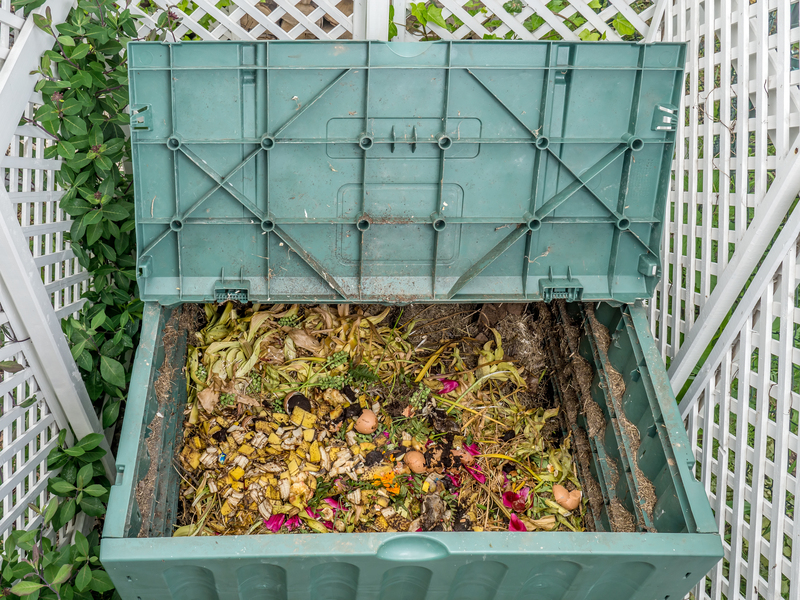The Good and Bad Aspects of Waste Incinerators
Posted on 19/06/2024
In today's modern world, the issue of proper waste management has become increasingly important. Landfills are overflowing, recycling efforts have not been sufficient, and alternative methods must be explored. One such method is waste incineration, or the burning of garbage in a controlled environment. While this technology has its advantages in terms of reducing waste volume and generating energy, it also has its drawbacks. In this article, we will explore the good and bad aspects of waste incinerators.
The Process of Waste Incineration
Waste incineration involves the burning of solid waste at extremely high temperatures in specialized facilities called incineration plants. The process begins with the collection and transportation of waste to the facility. Once inside, the waste is sorted and any non-combustible materials are removed before being fed into the primary chamber where it is ignited. As the waste burns, it produces steam which turns turbines to generate electricity. The remaining ash is then processed for disposal.

The Good Aspects
One of the main benefits of waste incineration is its ability to greatly reduce the volume of waste. According to studies, incinerators can reduce up to 90% of the original waste volume. This means less space needed for landfills, ultimately leading to more efficient land use.
Another advantage is that incinerators generate energy through the burning process. This energy can be used to power homes and businesses, reducing our dependence on fossil fuels. Additionally, modern incinerators are equipped with advanced air pollution control systems which greatly reduce emissions and improve air quality.
Furthermore, waste incineration can help decrease landfill-related costs such as transportation, maintenance, and landfill fees. This can result in long-term savings for municipalities and taxpayers.
The Bad Aspects
While there are many positive aspects to waste incinerators, there are also concerns that must be addressed. One of the biggest issues is air pollution. Even with advanced air pollution control systems, incinerators still emit harmful pollutants such as dioxins and heavy metals into the atmosphere. These pollutants can have damaging effects on human health and the environment if not properly managed.
Another concern is the release of greenhouse gases. While incinerators do generate energy, they also contribute to overall carbon emissions which are a major contributing factor to climate change. This means that while waste incineration helps reduce landfill volume, it may not necessarily be the most sustainable solution in terms of environmental impact.
Tips for Effective Waste Incineration
To minimize the negative aspects of waste incinerators, there are some key tips that should be followed. These include:
- Strict monitoring and regulation of emissions to ensure compliance with environmental standards.
- Proper sorting and handling of waste before it enters the incinerator to reduce air pollutants.
- Utilizing advanced technologies and equipment for efficient combustion and emission control.
- Encouraging recycling efforts and reducing overall waste production to lessen the need for incineration.

Pros and Cons
To summarize, let's take a look at the pros and cons of waste incineration:
Pros:
- Reduces waste volume in landfills
- Generates energy
- Reduced landfill costs
- Advanced air pollution control systems
Cons:
- Air pollution from emitted toxins
- Contribution to greenhouse gas emissions
- Potential health risks if not properly managed
Conclusion
Waste incineration has both good and bad aspects that must be carefully considered when determining its role in waste management. While it offers benefits such as reduced waste volume, energy generation, and cost savings, it also has drawbacks in terms of air pollution and contribution to greenhouse gas emissions. By following strict regulations and implementing proper measures, waste incineration can be an effective part of a comprehensive waste management strategy. Ultimately, the goal should be to reduce overall waste production and increase recycling efforts to minimize the need for incinerators and promote a more sustainable future.





